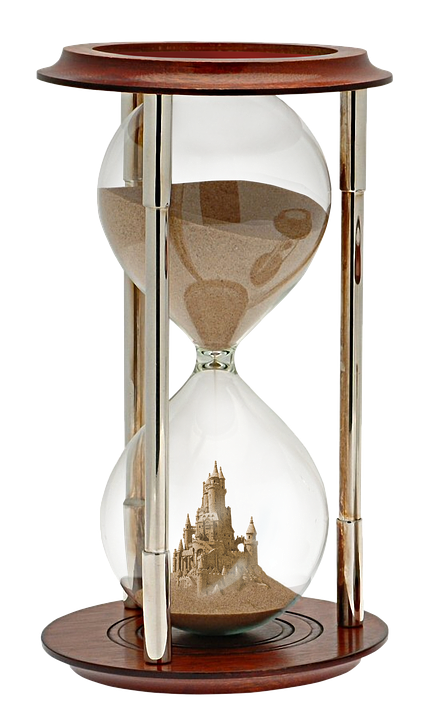Comics Book #1 landed on newsstands in June 1938, and from its pages Superman soared into the lives of weary Americans. A throng of superheroes quickly followed on the fringes of his red cape: Batman and Captain Marvel (1939), then Captain America, Green Lantern, and Flash (1940s). In 1941 Wonder Woman made her debut in All-Star Comics #8, followed by her 1942 first feature appearance in Sensation Comics #1.
By 1941, comic book creators had dreamed up the first team of superheroes−The Justice Society of America. Premiering in All Star Comics #3 (Winter 1940-41), the initial team−Doctor Fate, Hour-Man, Spectre, Sandman, Atom, Flash, Green Lantern and Hawkman−added diverse out-of-this-world skill sets in the fight against injustice.
These popular superheroes unveiled themselves as the years of The Great Depression waned (1929-1939) and World War II loomed (1939-1945). People were digging themselves out of huge holes made in their lives by a long season of want and need−unemployment lines, empty bank accounts and cupboards, and bone-weariness.
For Americans, one set of challenges shifted to another. The men, previously pounding the pavement for work, now marched to war. Women traded personal kitchen gardens for community victory gardens, and found themselves in factories, laboring to feed their families while their men were away. Instead of no money, Americans’ greater focus became loved ones in harm’s way, gas rationing, and shortage of supplies such as tires and sugar.

In such times of despair and uncertainty, might these comic book heroes have transported their fans to another world…splashed some comic relief into their lives…even if only for a few moments? Perhaps Jobless Joe pictured Superman picking him up by his coat tails and delivering him to the door of an eager employer. Betty Button Maker may have envisioned Wonder Woman’s golden lasso easing the burdens imposed by a harsh taskmaster. And might Charlie Childheart, torn between fear and a salute, have imagined his daddy strutting alongside a tank in a faraway land with Captain America at his side?
Only ten cents a copy, comic books were new and colorful and offered escape to universes inhabited by bigger-than-life heroes. And oh how Americans must have welcomed such diversions! It should come as no surprise that this era became known as The Golden Age of Comic Books (1938-1956).
However, despite this decade of superhero fanaticism, by the late 1940s their popularity began to diminish. Some have opined those exciting characters had become boring. Maybe the crises in America had dissipated. Regardless of the cause, publishers slowly changed out superheroes for other genres. War, westerns, romance, crime, and even horror, drew comic book fans’ interest.
Yet−and not so surprising−by 1956, superheroes showed that they may have been rendered powerless for a short while, but they were not defeated. They emerged again, unleashing The Silver Age of Comic Books (1956-1970), with encores of the Bronze Age (1970-1984) and Modern Age (mid-1980s to date). Nowadays, comic book stores, clubs, conventions, and successful full-length motion pictures, prove the timelessness of beloved superheroes.
For today’s writers, comic books and their superheroes have the power to zoom in with a flurry of creative ideas. Historical fiction writers might find that the plights of Americans during The Great Depression and World War II, teamed up with the popularity of comic book superheroes, provide much fodder for true-to-life plots colored by a comic-book-loving (or hating? Oh no!) character or two. Or maybe, for the sci-fi or fantasy writer, visions of the vast universe on display in comic books might birth new and glorious superheroes for their 21st century masterpieces.
Comic Relief− still swooping in to save the day.


Jeannine Brummett lives in South Carolina with her husband of nineteen years, Don, who shares his three adult sons and three grandchildren with her. Reading is big on her list of things to do, but she also thrives on TV crime dramas, NBA basketball, and marvels at the critters and fowl life that live at the pond behind their house. She loves to sing praise songs, attend Bible Study, and help at a local food pantry.





No Comments